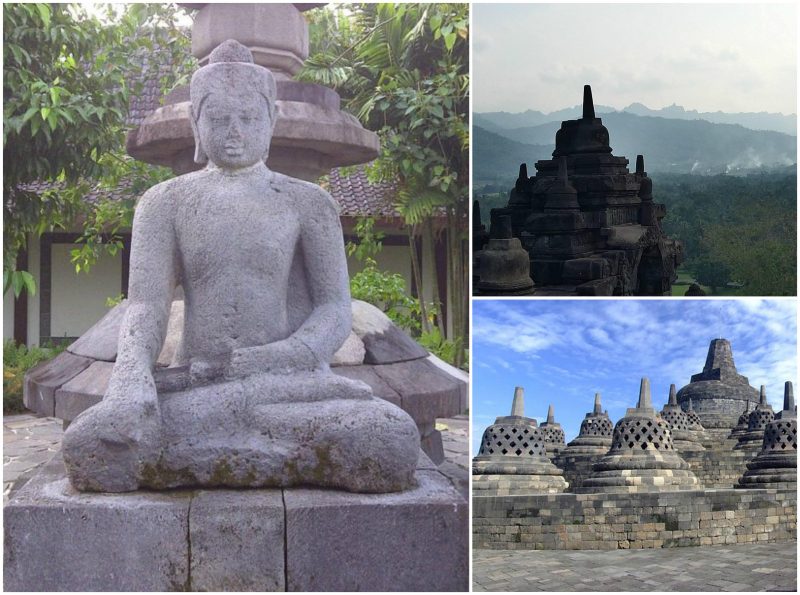One of Java’s most fascinating cultural relics, The Unfinished Buddha (or the Bhatara Buddha) of Magelang, is an awe-inspiring Buddhist statue.
Shrouded in mystery, there are many disputes and theories about the origins of the statue and why it was left abandoned.
It is called “unfinished” because of its incomplete look, with the statue’s hands being partly carved out with the smooth surfaces left untouched. The statue and the sacred grounds have been a place of wonder and are a popular attraction for tourists.
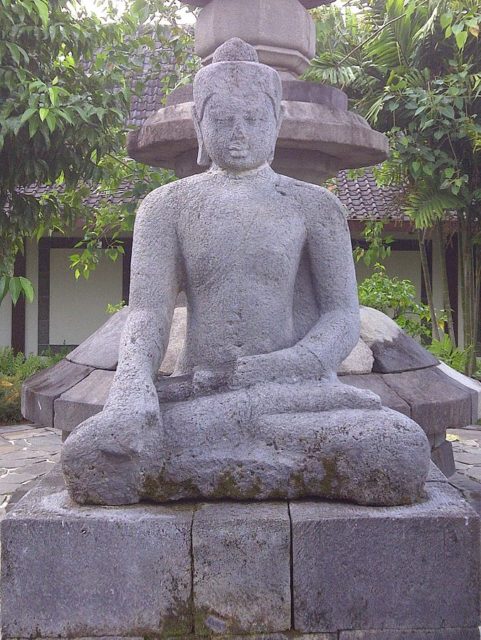
It is believed that the statue originates from the largest stupa of Borobudur, the 9th-century Mahayana Buddhist temple. A stupa, meaning “heap” in Sanskrit, is a mound-like place of meditation on which Buddhist relics are placed.
The main stupa that crowns the Borobudur temple has a hollow chamber. When it was first opened during the monument’s restoration, an unfinished Buddha sculpture was found within.
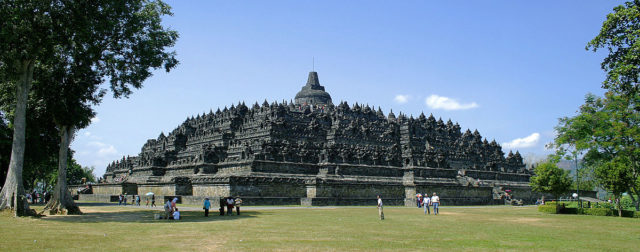
With three circular and six square platforms, and a central dome on top, The Borobudur Temple is the largest Buddhist temple in the world. The Borobudur Temple (Indonesian: Candi Borobudur) is decorated with over 2,500 relief panels and 504 statues, and the central dome is adorned by 72 Buddha statues, all of which are placed inside a stupa.
According to W.F. Stutterheim, a Dutch researcher and archaeologist, the Borobudur temple had 505 Buddha statues, but the most important one is the Bhatara Buddha. Somehow, Stutterheim was convinced that the unfinished statue is the Bhatara Buddha.
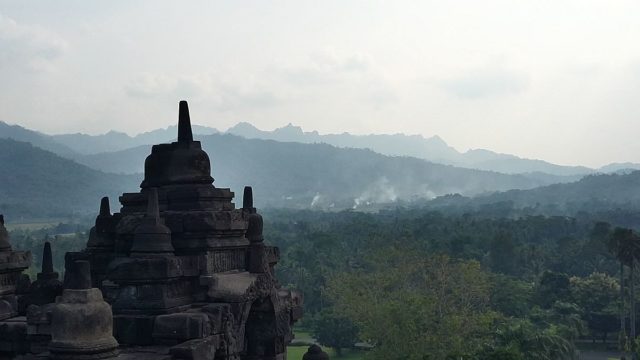
The Unfinished Buddha is now located in Karmawibhangga Museum which is near the Borobudur temple. The foundations of the temple are made of stone blocks which are carved out of volcanic matter, keeping them together.
The Karmawibhangga Museum is full of amazing relics and archeological objects which glorify the Buddha. There are two rooms: the Restoration room and the Karmawibhangga Room.
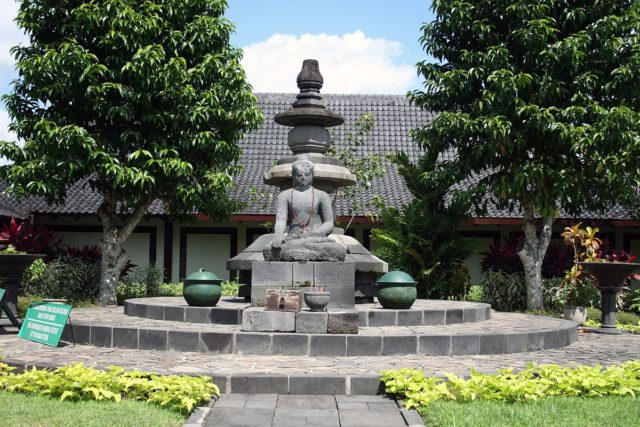
The restoration room contains maps and pictures of the restoration of the temple and depicts how the stone blocks are interlocked, and it also displays some Hindu artifacts which were excavated. The Karmawibhangga Room has 160 reliefs of Karmawibhangga on display, carved at the foot of Borobudur temple.
The museum is situated within the Borobudur Archaeological Park, which was formally opened in 1983. Containing the biggest collection of stone Buddha heads and relics in Indonesia, the museum is a sight to behold.
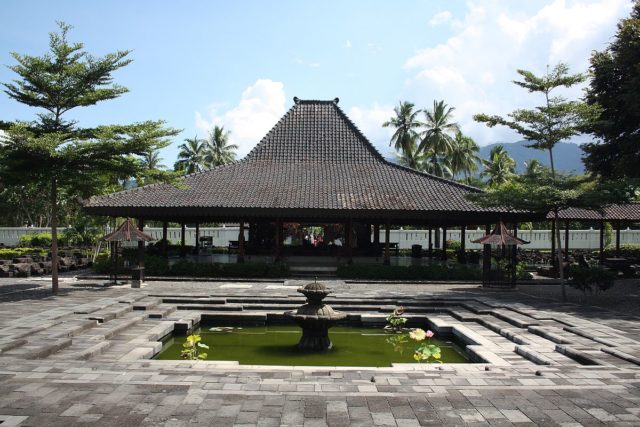
Additionally, the museum also has the Borobudur architecture blueprint and plans on display. It also has the documents of the restoration projects which were conducted by UNESCO during the 70s.
Regarding the origins of the Unfinished Buddha, it was strongly believed to have been discovered in the central stupa in the early 20th century, during the restoration efforts. However, this opinion is highly doubted today, as researchers discover new clues about the statue’s origins.
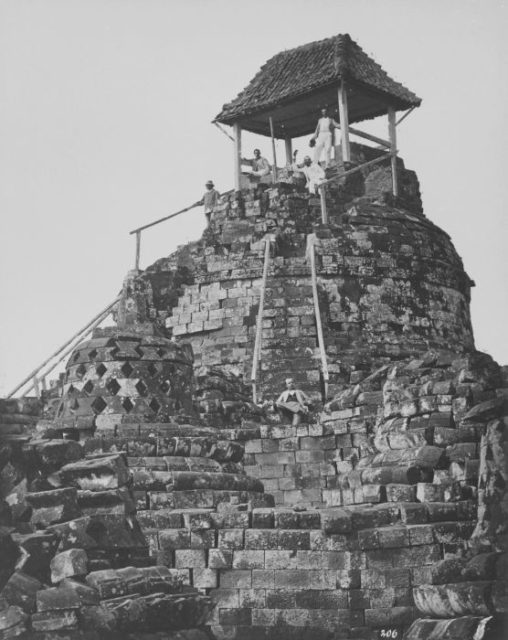
It is argued that the imperfect Buddha statue was brought from elsewhere and that it was not meant to be placed within the main stupa. Historians suggest an interesting theory that the inner chamber of the stupa was supposed to be empty, explaining the stupa’s deliberate design which symbolizes the Buddha’s perfect form through the concept of Sunyata or “nothingness”.
That is one theory, and even though the original location of the Unfinished Buddha is hotly disputed, more and more research suggests that the statue was indeed supposed to be within the stupa, putting the statue’s true significance into question.
Archeologists argue that the Buddha was abandoned mid-carving because it was deemed flawed and uneven. So, instead of going for extreme (and absolutely unacceptable) measures of destroying a highly sacrilegious object like the Buddha, the carver may have placed it within the stupa just to put it out of the way.
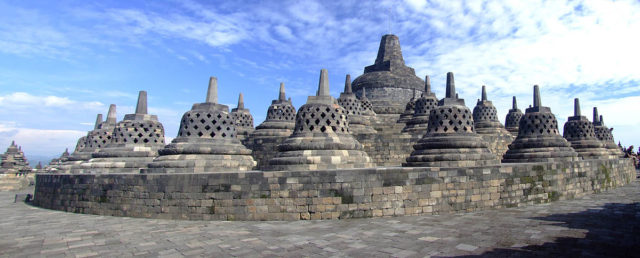
But that is unlikely to be the case. It is generally accepted that the Borobudur temple was constructed in the 9th century and was abandoned in the 14th century following the decline of the Hindu kingdoms in Java and the Javanese conversion to Islam.
The British colonialist Sir Thomas Stamford Raffles shed some light on the historical wonders of the temple and its beauty. In 1814, the local natives advised him of its location and from then on, it has been preserved through several restoration projects.
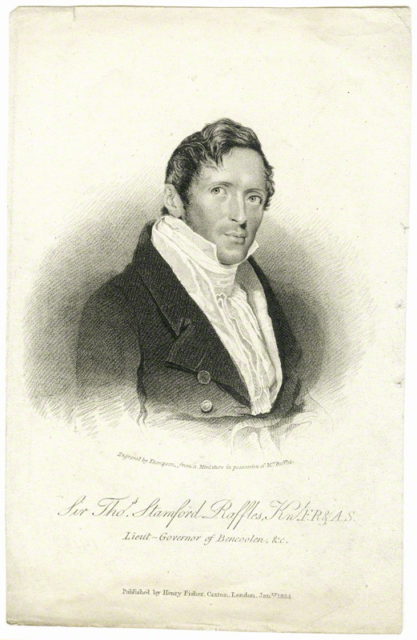
The general supervisor for one of the first restoration projects of the temple and the man who discovered the statue was Theodor Van Erp. From 1907 to 1911, during the restoration process, he found the Unfinished Buddha, not on the main stupa but buried in the dirt inside it.
There was absolutely no clue as to its origin, so Van Erp assumed that the statue’s designated position was the stupa. He believed that the statue, in its disfigured form, had simply been abandoned and thrown away. Oddly enough, the statue was never mentioned in the documents of Raffles’s recovery of the temple in 1814.
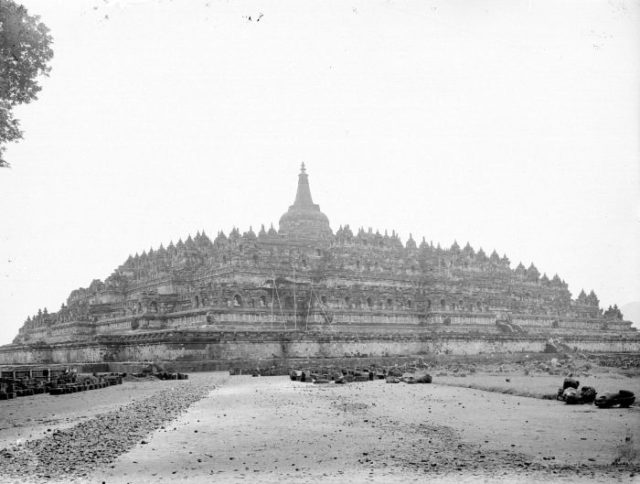
Nevertheless, the Borobudur temple remains one of Indonesia’s most extraordinary wonders and its most visited tourist attraction. The blissful tranquility and quiet the temple grounds offer is enticing to many.
The temple is a popular spot for adventurers and it’s still a destination religious pilgrims. Every year, the Indonesian Buddhists celebrate the many religious holidays at the monument.
